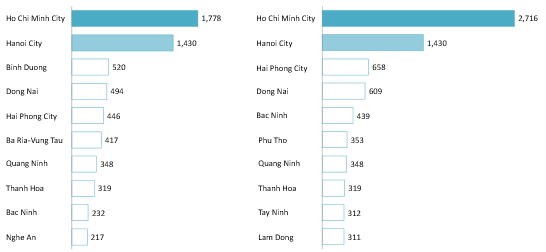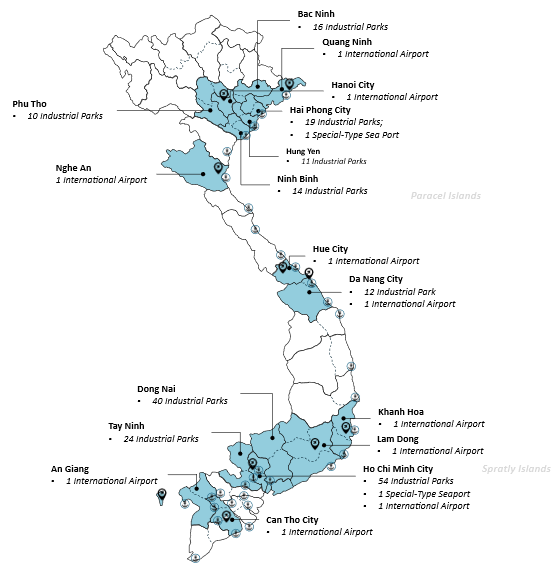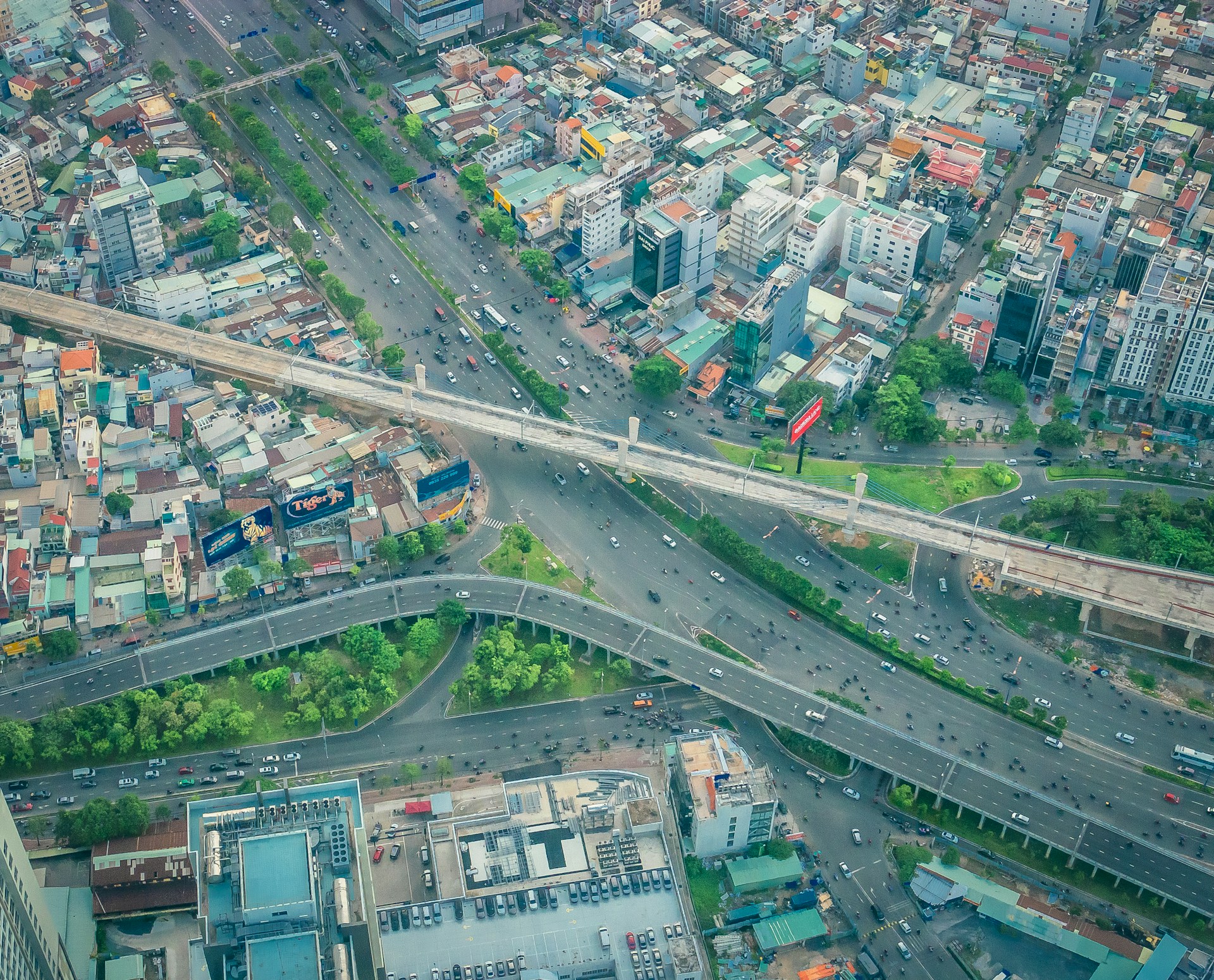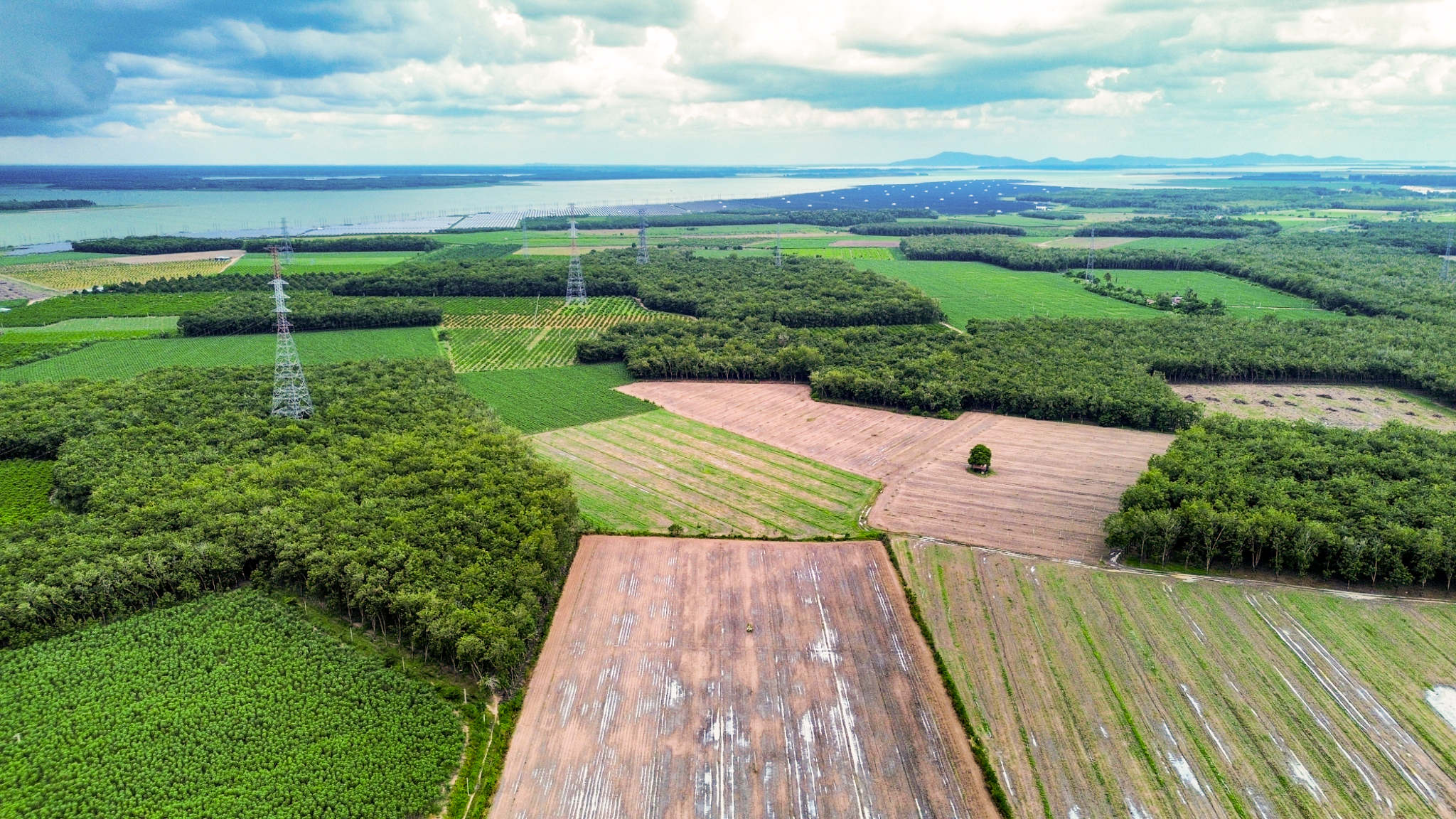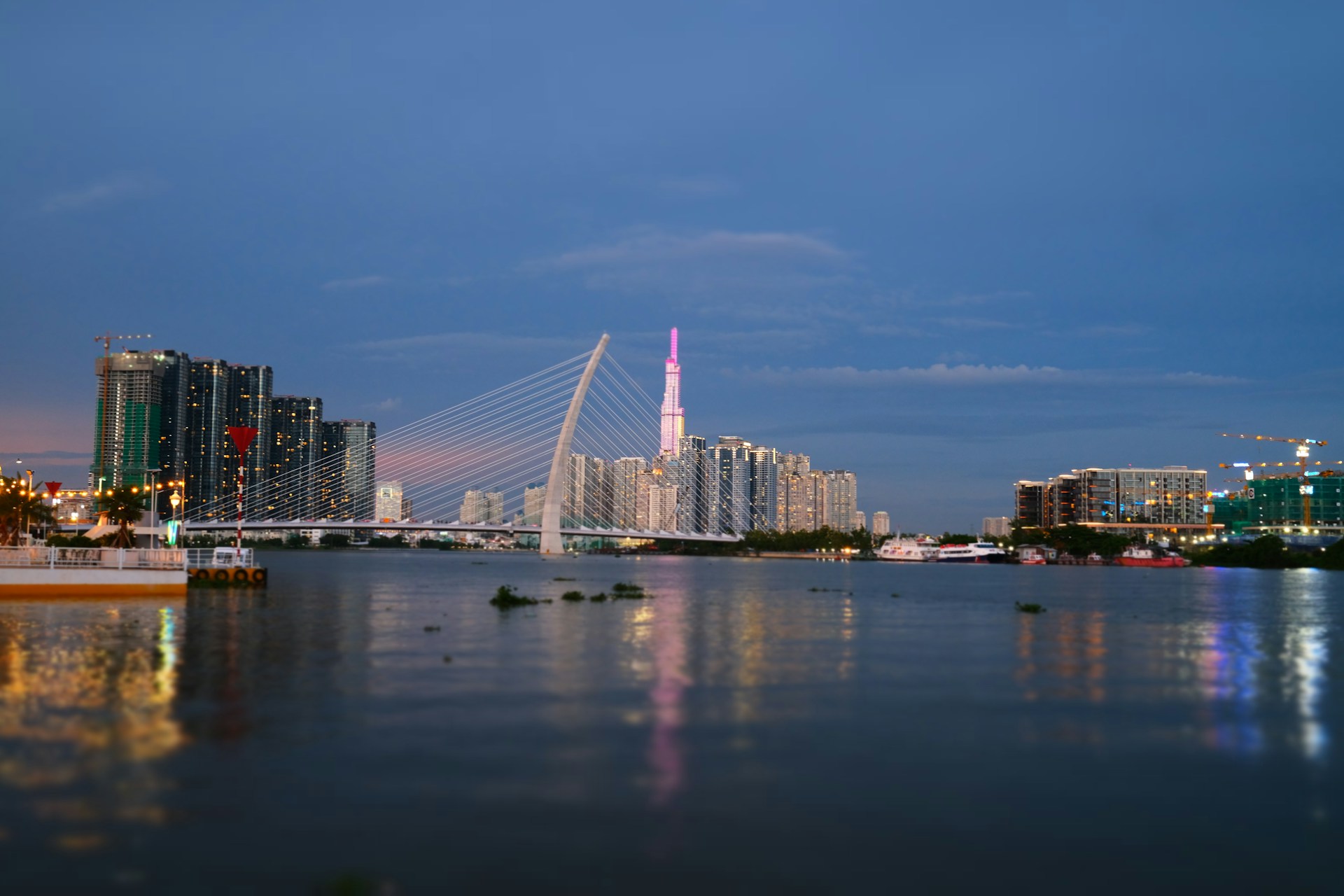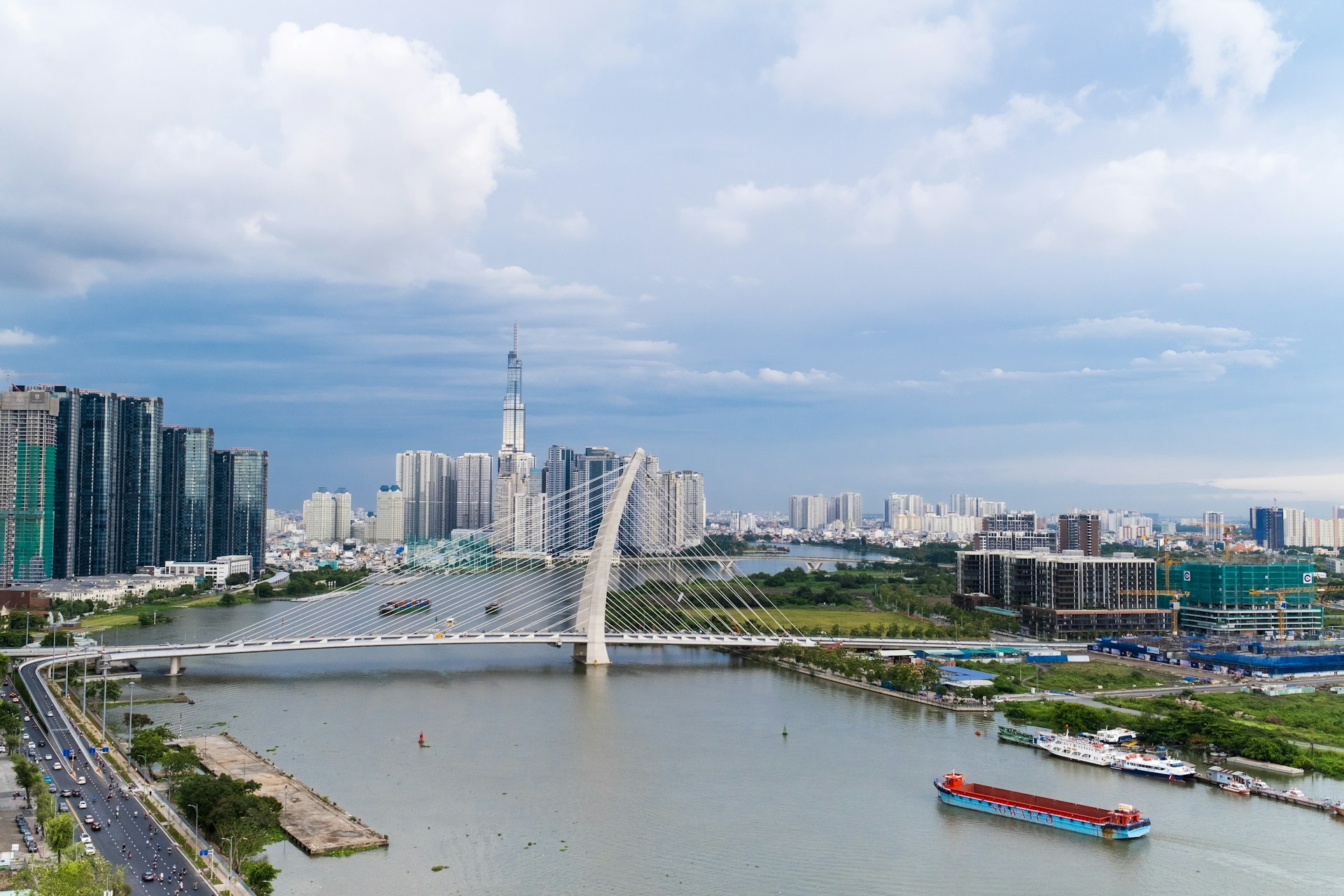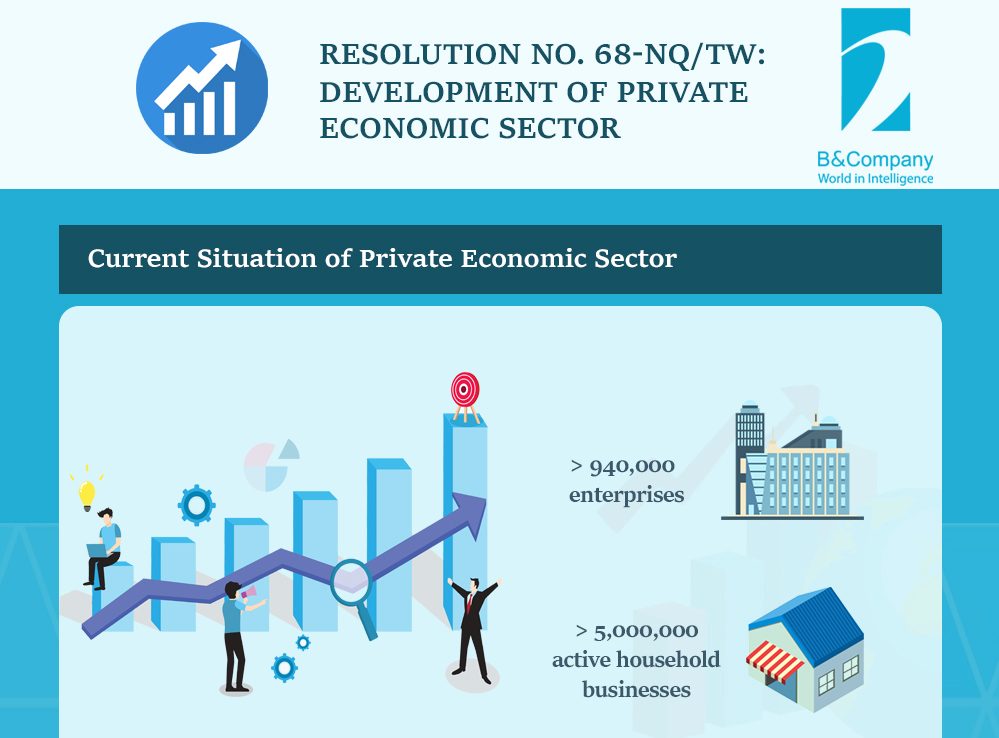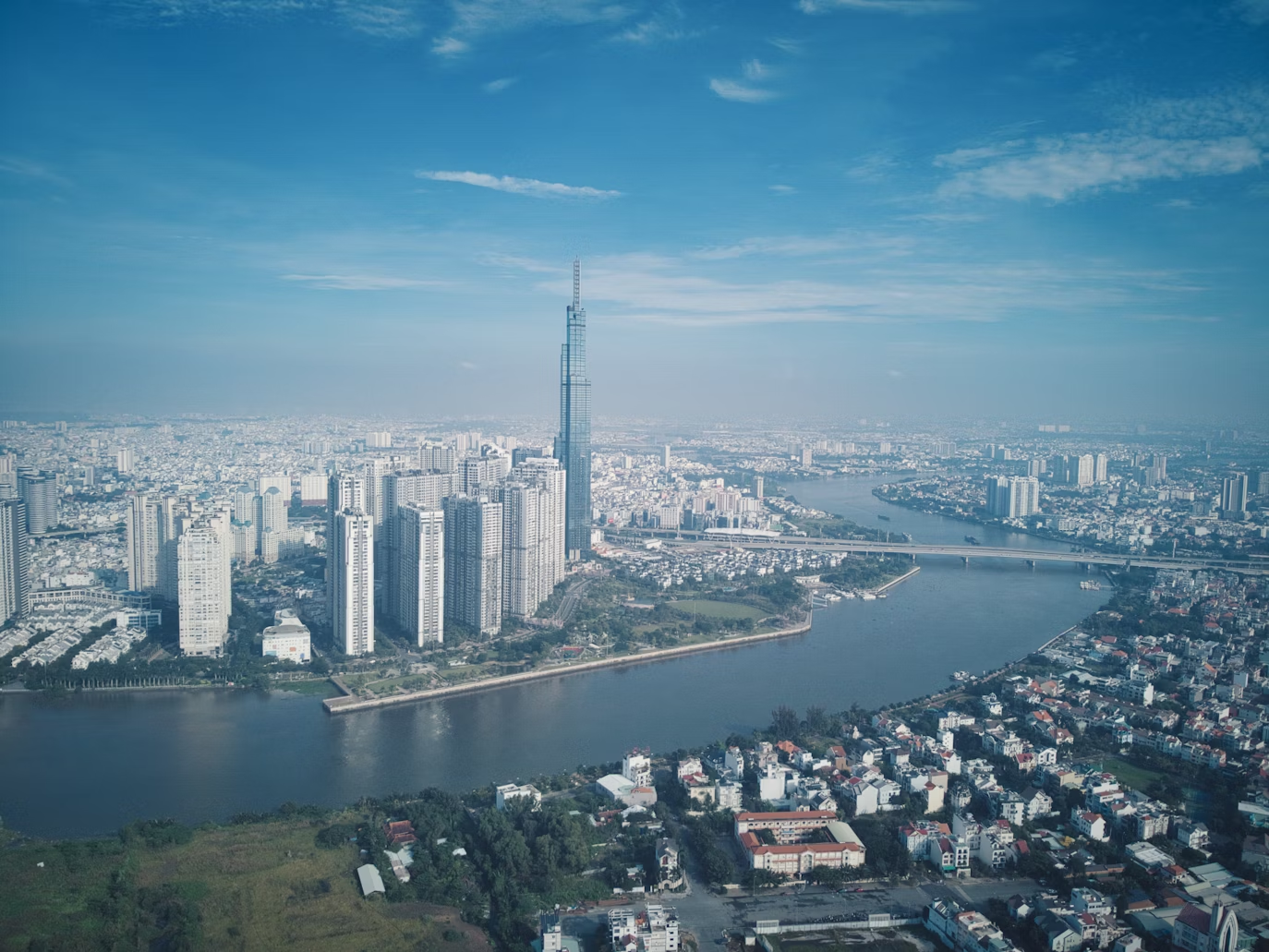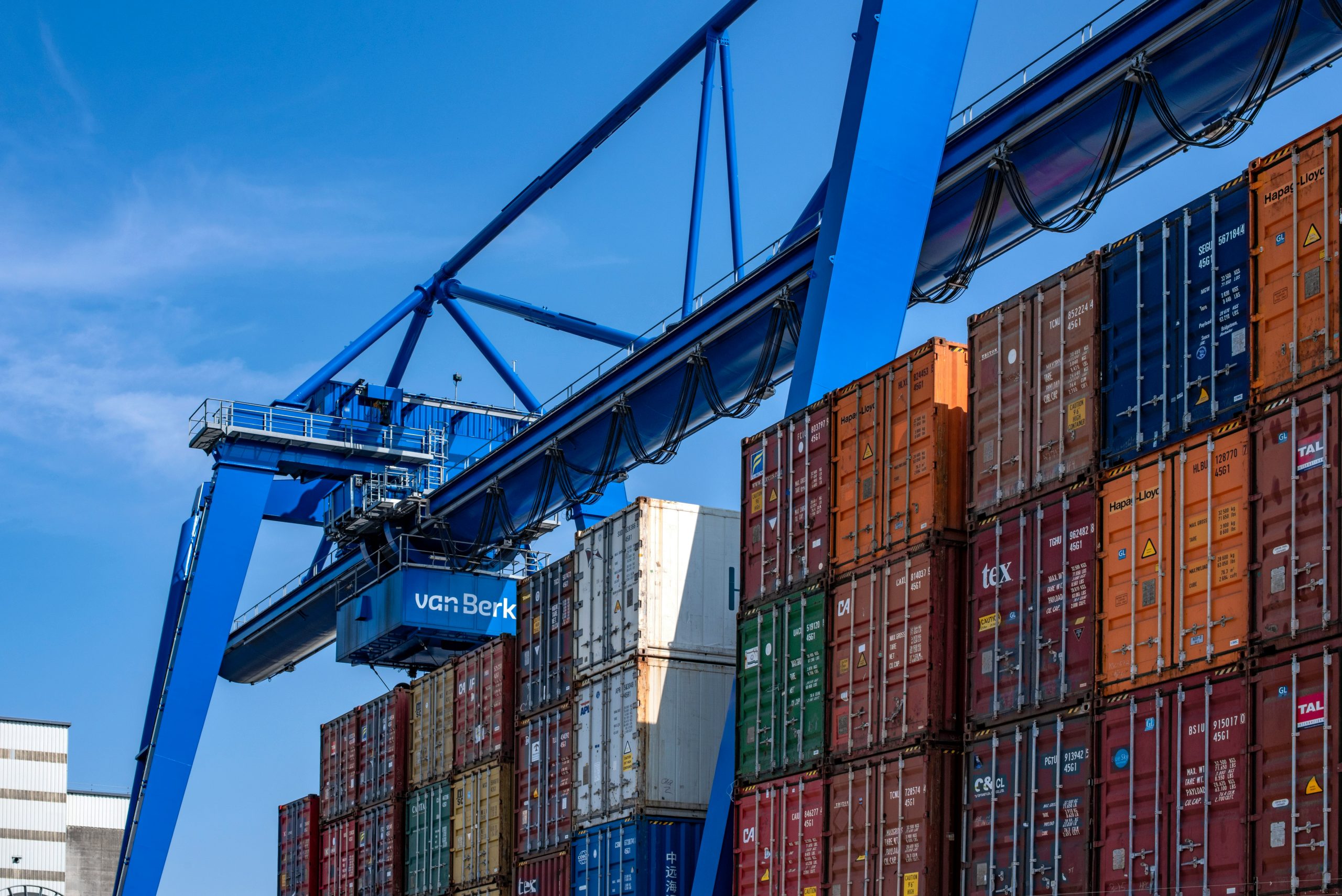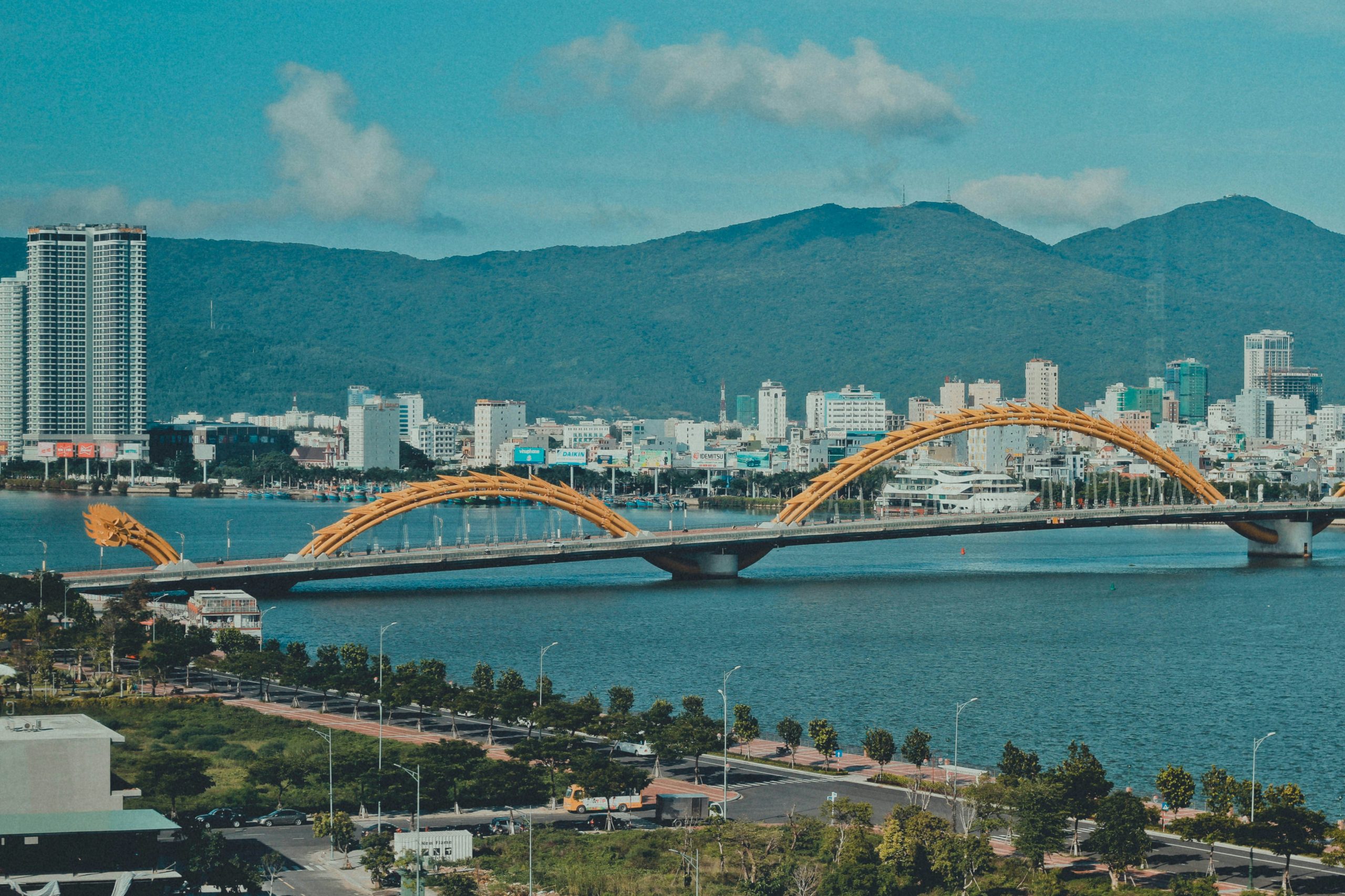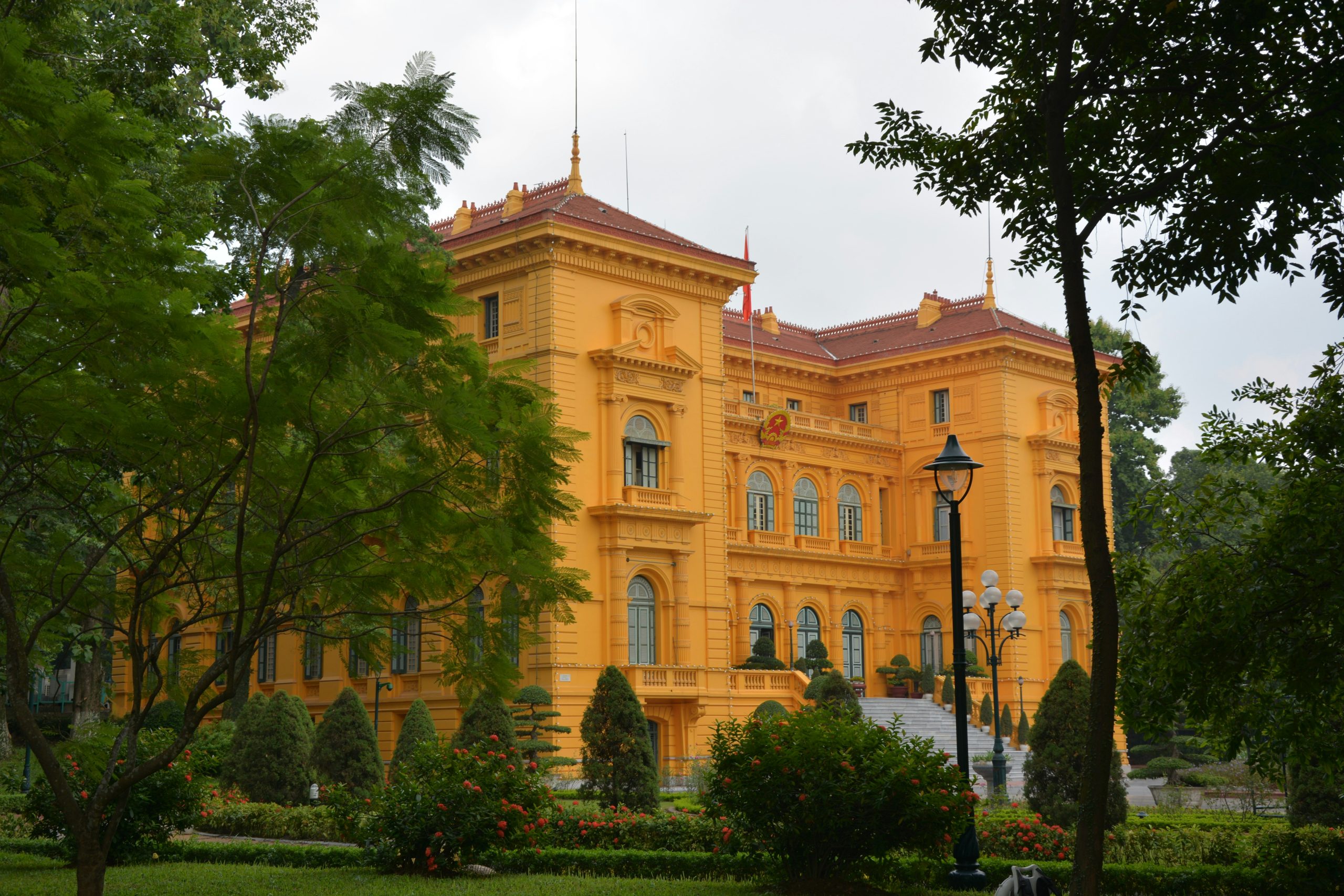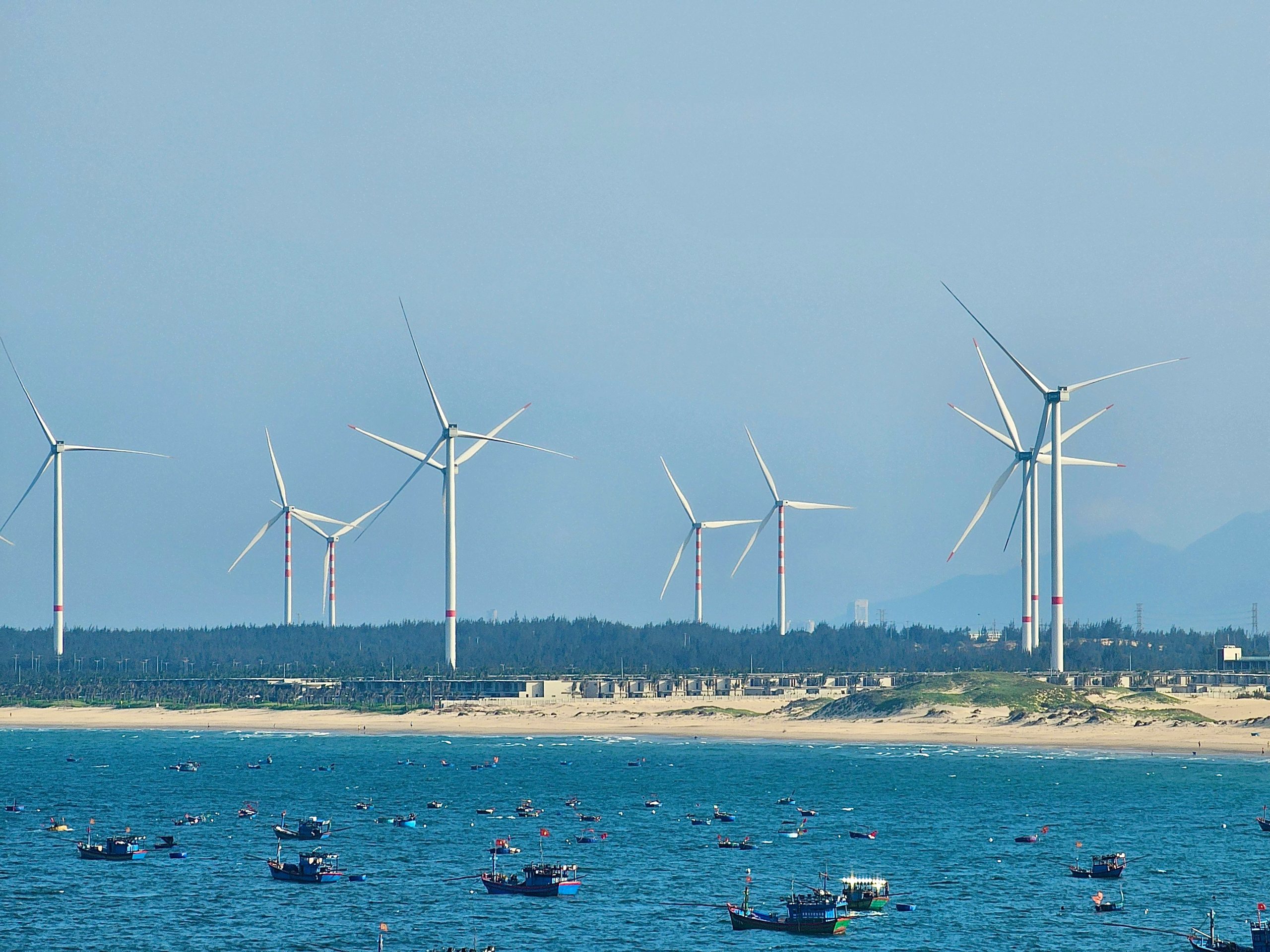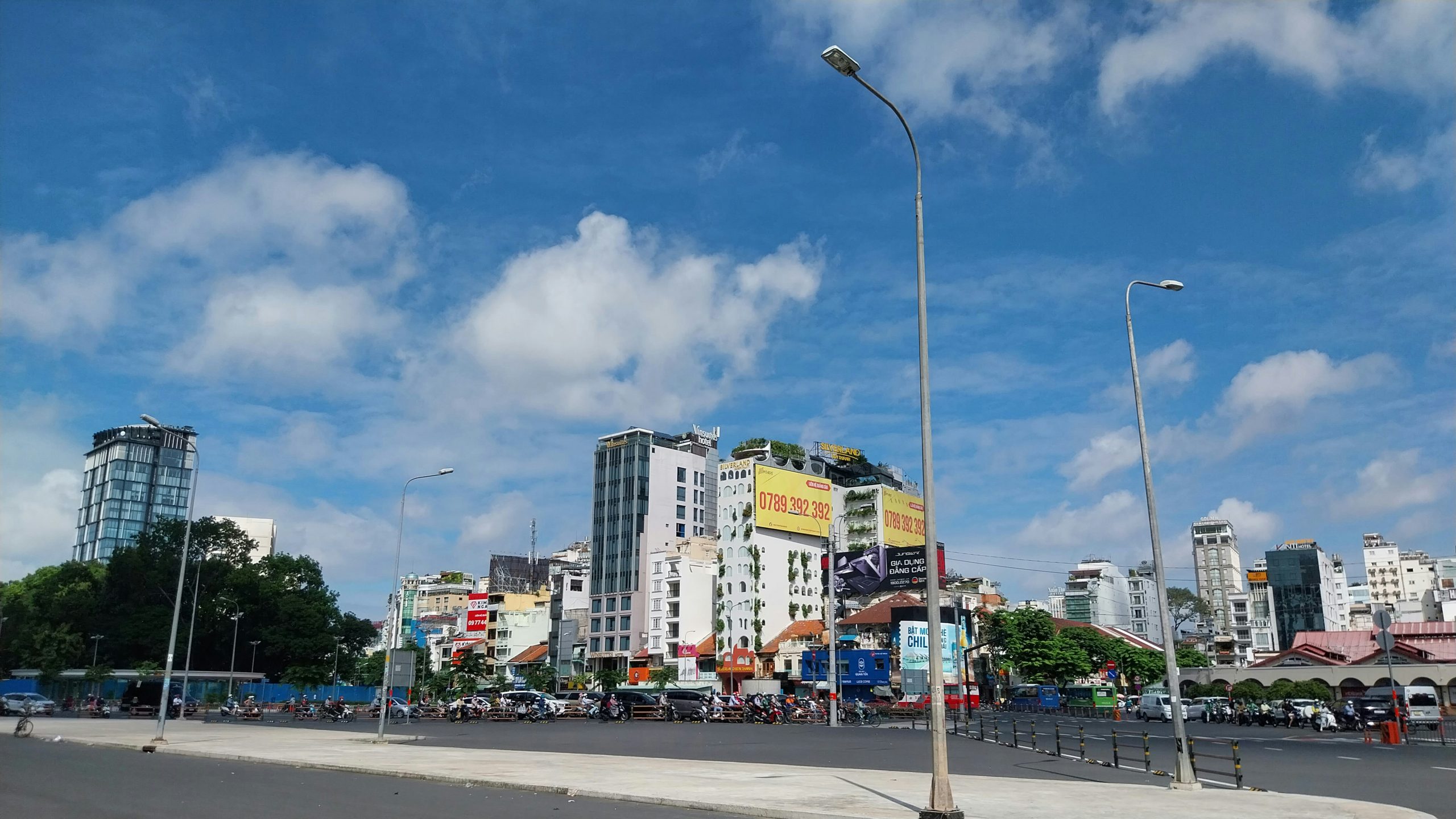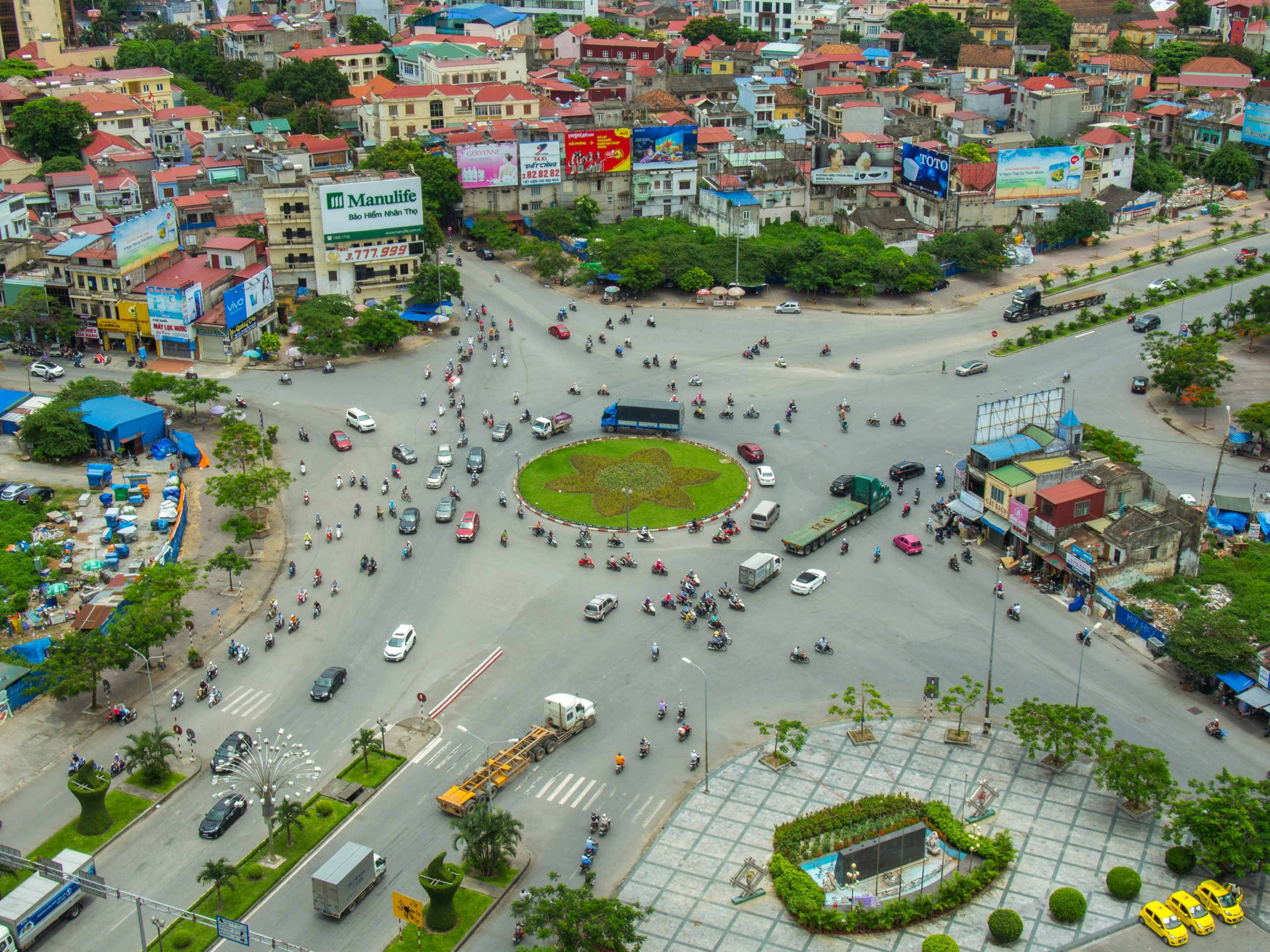
065월2025
최신 뉴스 및 보고서 / 베트남 브리핑
댓글: 댓글 없음.
베트남은 대대적인 행정 개편을 통해 성급 단위를 63개에서 34개(28개 성과 6개 중앙 직할시)로 축소하고 있습니다. 이러한 개혁을 통해 유사한 개발 방향을 가진 더 큰 경제 구역이 조성되었으며, 이는 베트남이 효율성 제고 및 투자 유치를 위해 추진한 가장 과감한 조치 중 하나입니다.
새로 통합된 성급 행정 단위의 경제 상황
베트남의 경제는 점점 더 집중되고 있으며, 제안된 지방 합병은 더 크고 역동적인 경제 중심지를 만들어내어 지역의 강점을 강화할 것으로 예상됩니다.
2024년 호찌민시와 하노이시는 각각 약 1,800조 VND와 1,400조 VND로 국내총생산(GRDP) 1위를 차지하며 베트남 전체 GDP의 약 3분의 1을 차지했습니다. 반면, 다른 성(省)들의 GRDP는 500조 VND 미만이었으며, 200조 VND를 넘어선 곳은 10곳에 불과했습니다.
Top 10 Provinces by GRDP Before (left) and After (right) 2024 Administrative Mergers
단위: 조 VND
원천: 결의안 제60-NQ/TW호, 결정 번호 759/QD-TTg, 통계청(GSO), 지방 통계청, B&Company 종합
통합 계획은 이러한 집중을 더욱 심화시키는데, 특히 호치민시는 GRDP가 가장 높은 빈즈엉성과 바리아붕따우성과 통합될 예정입니다. 베트남 남부의 새로운 경제 중심지인 호치민시의 총 GRDP는 2,716조 VND(약 1,000억 달러)로 추산되는데, 이는 하노이의 GRDP의 두 배에 달하며 베트남 전체 경제 생산량의 약 4분의 1을 차지합니다.
하이퐁, 다낭, 깐토 등 합병을 진행 중인 다른 중앙 도시들도 상당한 경제 성장을 경험할 것으로 예상되며, 각각 481조 VND, 851조 VND, 1121조 VND의 경제 성장이 예상됩니다. 한편, 후에(Hue)는 중앙 도시가 됨에도 불구하고 80조 VND로 다른 도시들 중 가장 낮은 GRDP를 기록하며, 경제 규모 면에서 전국 6위에 머물 것으로 예상됩니다.
새로 통합된 성급 행정 단위의 외국인 투자 상황
국내외 투자자들에게 이번 합병은 변화하는 기회의 지평을 시사합니다. 통합된 리더십을 갖춘 대규모 지방은 더 큰 시장과 더욱 일관된 개발 전략을 제공할 수 있습니다. 제안된 합병 이후, 베트남의 FDI는 홍강 삼각주와 동남부 지역에 여전히 고도로 집중되어 있습니다. 호치민시, 박닌시, 하이퐁시는 2024년 등록 FDI 자본금과 누적 FDI 자본금 모두에서 선두를 달렸습니다. 호치민시는 주요 지역 FDI 유치 지역인 빈즈엉성과 바리아붕따우성과 합병 이후 베트남의 총 유입 자본금 중 약 281조 3천억 원을 차지했습니다.
2024년 등록 외국인 직접투자 자본금(좌) 및 1988년 이후 누적 등록 외국인 직접투자 자본금 (오른쪽) 지방별
단위 : %
원천: 엠피에이, B&Company 합성
인프라 개발 새로 통합된 성급 행정 단위
성급 행정 단위 통합의 주요 목표 중 하나는 사회기반시설 계획 및 연결성 강화입니다. 이러한 새로운 행정 구성은 고속도로, 항만, 국제공항을 포함한 지역 물류망 접근성을 크게 향상시켜 더욱 통합적이고 효율적인 개발을 위한 토대를 마련합니다.
성급 행정 단위의 통합은 증가하는 제조 및 가공 수요를 충족하기 위해 동남부 및 홍강 삼각주 지역에 대규모 산업 허브를 형성할 수 있는 토대를 마련합니다. 호찌민시는 54개 이상의 산업 단지를 보유하여 베트남을 선도할 것으로 예상됩니다. [1], 동나이(40)와 떠이닌(24)이 그 뒤를 따릅니다. 하이퐁, 박닌, 닌빈은 홍강 삼각주의 주요 산업 중심지이며, 다낭은 2023년 기준 12개의 산업단지를 보유하며 중부 지역의 주요 산업 활동 중심지로 빠르게 부상했습니다.
새로운 구조는 더 넓은 지역에 걸쳐 거버넌스를 간소화함으로써 대규모 산업 단지의 효율적인 관리를 가능하게 하고, 기업에 더 큰 유연성과 선택권을 제공합니다. 이는 결과적으로 지역 경쟁력을 강화하고, 국내외 투자를 유치하며, 새로운 개발 잠재력을 창출합니다. 토지 가용성 증가로 기업들은 공장 건설에 적합한 부지를 더욱 쉽게 확보할 수 있으며, 수요가 높은 지역의 산업용지 부족 문제를 완화할 수 있습니다.[2].
중요한 점은 이러한 주요 산업 지역 중 다수가 주요 국제공항과 항구를 포함하거나 인접해 있어 무역 연계성이 강화된다는 점입니다. 북부에서는 하이퐁 특급 항만과 하노이 및 꽝닌 국제공항이 지역 산업 발전을 견인하고 있습니다. 남부에서는 바리아붕따우 특급 항만과의 접근성 향상을 통해 호찌민시의 산업 성장이 더욱 강화될 것입니다. 이러한 합병 과정을 통해 더욱 조율된 인프라 개발이 가능해져 항만과 그 주변 지역 간의 통합이 더욱 강화될 것입니다.
중요한 것은, 이전에는 물류 측면에서 불리했던 내륙 지방들이 이제 항만 및 해상 무역로에 대한 접근성이 향상되었다는 점입니다. 닥락과 같은 많은 고원 지대가 이제 해상 교통망과 항만 시설을 이용할 수 있게 되어 관광 산업을 비롯한 지역 경제 활성화에 기여할 수 있습니다. 이러한 향상된 연결성은 물류 비용을 절감하고, 경제 발전 잠재력을 높이며, 내륙 기업들의 경쟁 환경을 공평하게 조성하는 데 도움이 됩니다.
Major Economic and Industrial Infrastructure of Vietnam
출처: B&Company 베트남 종합
투자자에 대한 의미
지방 합병은 더 크고 통합된 시장을 창출하고 사업 환경을 개선할 것입니다. 행정 단위가 줄어들면서 의사 결정이 더 빨라지고, 이는 프로젝트 시작에 드는 시간과 비용을 절감할 것입니다. 또한 합병 지역 전체에 걸쳐 토지 이용, 세금, 인센티브 등 규제가 조화롭게 마련될 것입니다. 새로운 지방 수도(이미 지정되었거나 계획된 수도)는 인프라 지출을 더욱 효율적으로 조정할 것입니다. 해안선이나 주요 교통망을 확보한 지방은 이제 국가의 지원을 받아 항만, 관광, 산업을 계획할 수 있습니다. 마지막으로, "경제특구 활성화" 및 투자 유치를 통해 외국인 투자자는 더 크고 응집력 있는 시장, 일관된 개발 전략, 그리고 지정된 거대 지역에 대한 잠재적인 새로운 인센티브를 기대할 수 있습니다. 지방 경계가 줄어들면서 기업들은 대규모 프로젝트의 토지 및 인허가에 대해 단일 기관과 협상할 수 있습니다.
결론
베트남의 성 단위 행정구역 통합은 경제 지도를 재편하여 광활한 시장과 통합된 인프라를 갖춘 거대 지방(mega Provinces)을 형성할 것입니다. 새로운 지방은 통합된 공급망, 주요 교통 허브, 풍부한 노동력, 그리고 응집력 있는 개발 방향을 제공합니다. 전반적으로 외국 기업은 베트남의 변화하는 환경에 대한 투자를 계획할 때 통합된 지역의 향상된 인프라와 규모의 경제에 집중해야 합니다.
* 본 기사의 내용을 인용하고자 하시는 경우, 저작권을 존중하여 출처와 원 기사의 링크를 함께 명시해 주시기 바랍니다.
| 비앤컴퍼니
2008년부터 베트남에서 시장 조사를 전문으로 하는 최초의 일본 기업입니다. 업계 보고서, 업계 인터뷰, 소비자 설문 조사, 비즈니스 매칭을 포함한 광범위한 서비스를 제공합니다. 또한, 최근 베트남에서 900,000개 이상의 기업에 대한 데이터베이스를 개발하여 파트너를 검색하고 시장을 분석하는 데 사용할 수 있습니다. 문의사항이 있으시면 언제든지 문의해주세요. info@b-company.jp + (84) 28 3910 3913 |
